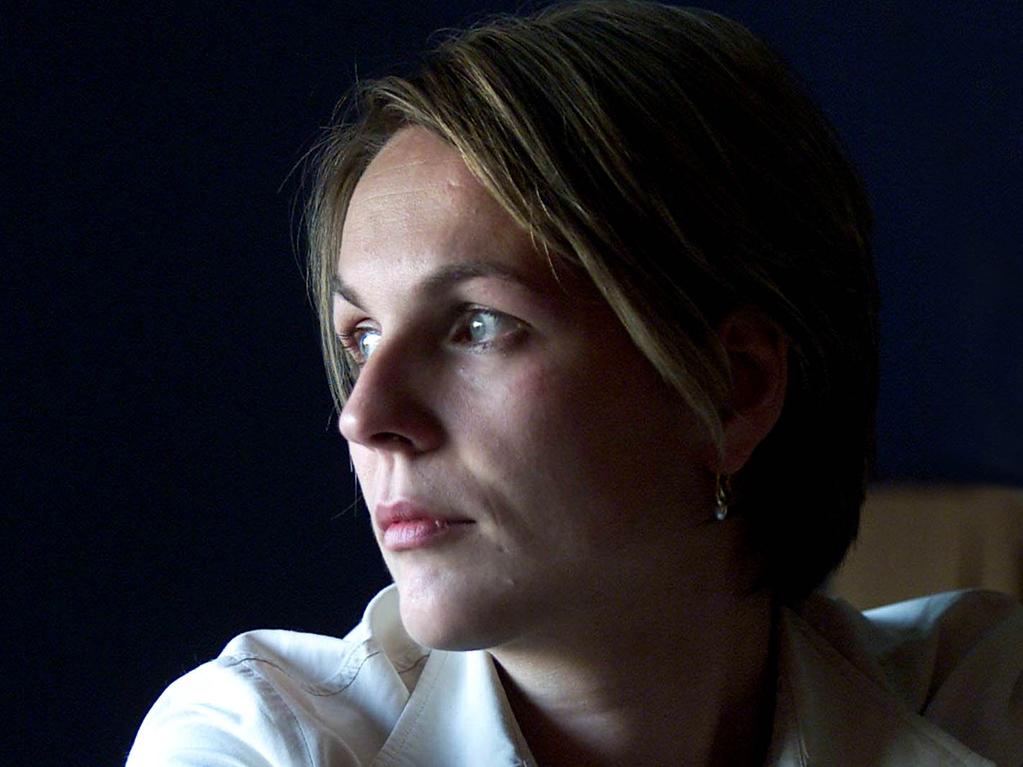When did we stop worshipping women?
Before the gods, there were the goddesses. What was the big turning point from our forgotten past that brought us to the patriarchies we have now?

Before the gods, there were the goddesses.
Archaeologists and historians have provided evidence that goddess worship was a tangible part of human prehistory in Europe from the Neolithic period around 7000 BCE to the closing of the last goddess temples around 500 CE.
These experts paint a picture of Old Europe as egalitarian, peaceful, and centred on the divine feminine, so when did everything change? What was the big turning point from our forgotten past that brought us to the patriarchies we have now?
These are some of the questions that inspired UK-based science journalist, Angela Saini, to write The Patriarchs.
Saini defines patriarchy as “the control of younger men by older men as well as the control of women by men generally”. She cites extensively from the work of historians, scientists, philosophers, anthropologists, archeologists and feminists who were searching for evidence that “there was a time in which men did not rule, a lost world where femininity and masculinity did not mean what they do now”.
Among the archeological evidence to support the “Goddess and Ancestress” theory were numerous discoveries of female figurines from ancient Crete, Egypt, Greece and Çatalhöyük in Turkey. The famous Seated Woman and the “clusters of tiny Barbara Hepworth-like clay shapes” uncovered during excavations in Çatalhöyük belonged to a peaceful Neolithic settlement, in which men and women cooked, constructed tools and tilled the fields together.
Saini provides a timeline of key events relating to patriarchy in human history and a map of current matrilineal societies, in which ancestral descent is traced through maternal rather than paternal lines. These societies are dotted across India, West Sumatra, North and South America, as well as a belt across the middle of Africa.
Prominent archeologists discussed the impressive status of females in Neolithic society, which was followed by what the philosopher, Friedrich Engels, described as “the world historical defeat of the female sex”.
Saini quotes extensively from Marija Gimbutas, an archeologist who controversially proposed that this profound change in gender relations between the Neolithic and Bronze ages was triggered by a migration of male-dominated “Kurgans” from the Eurasian Steppes of Russia and Mongolia into Europe, and subsequently into Asia, Britain, and Ireland.
According to Gimbutas, these “battleaxe-wielding groups of men and boys…took their patriarchal cultures with them, assimilating or destroying those they met along the way”. The invaders cleared European forests; “transforming the landscape to resemble the [grassy plains] they had left behind”.

Gimbutas was criticised at first, but Saini states that there is now compelling genetic evidence from analysis of the Y chromosome in remnants of ancient DNA to support her theory about the movement into Europe of tribes from the Steppes. Geneticists have been able to trace a genetic signal back to a single male ancestor in Mongolia, believed to be Genghis Khan.
Linguists can detect common words and grammar (termed the “Indo-European” family) between the languages spoken by billions of people today and a single lost language.
The completion of the shift to a more patriarchal European society coincided with the rise in status of male gods, such as Jupiter and Zeus, in classical Greece and the fading of the goddesses, who Saini explains “now served male deities as wives and daughters”.
She says that migration would have most likely only played a part in “the slow diffusion of [patriarchal] habits and practices over time”.
Another factor that has allowed patriarchy to exist for so long was the rise of nations. Saini states that “gendered rules not only forced people into narrow social roles to better serve the state [but] they also allowed elite men to grab power, rights, and property from the women with whom they had previously shared these things”.
Saini’s accounts of “high-status” female leaders, warriors and landowners from ancient times allows her readers to picture a “vibrant alternative” to the storyline of males being superior and better leaders than females, which has been a staple of Western thought for centuries. An example Saini provides of recent advancements in the areas of female status and leadership, are the fourteen countries in 2020 with governments in which half the ministers were women.
Saini is an author and award-winning journalist who admits to spending “most of her time thinking about human nature”. Her fourth and latest book adds a comprehensive narrative about the history of gender relations to the many recent publications exploring human civilization.
The striking contrast between the splashes of bright purple text and the tonal greys of the clenched fist on the cover of Saini’s groundbreaking book, echoes her discussion about the rise and fall of female and male-dominated societies from prehistory all the way to our turbulent present.
Saini believes that there are “no natural limits” to the progress we can make towards regaining equality for women; “only our imaginations and our courage”.
Tina Allen is an author, medical writer and book critic
The Patriarchs: How Men Came to Rule
By Angela Saini
HarperCollins, Nonfiction
320pp, $34.99







To join the conversation, please log in. Don't have an account? Register
Join the conversation, you are commenting as Logout